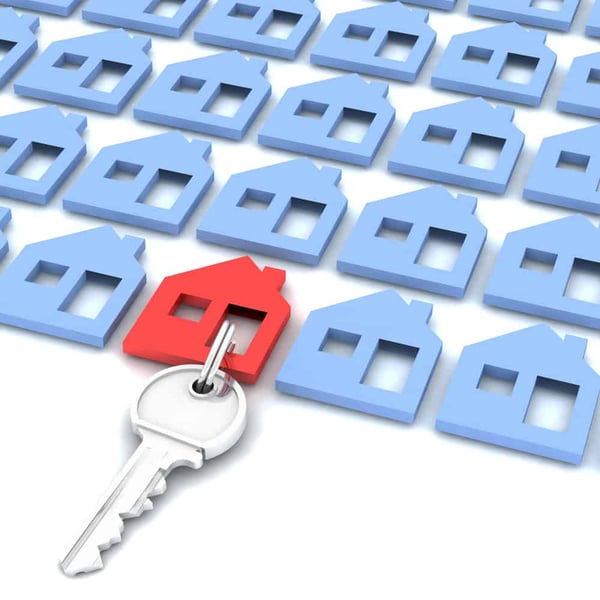An estimated 131,900 properties were sold by landlords in Great Britain in 2020.

An estimated 131,900 properties were sold by landlords in Great Britain in 2020, the smallest number since 2013, according to research from Hamptons.
Landlords who sold last year in England and Wales did so for an average of £82,450 (42%) more than they paid for it, and had owned the property for an average of 9.1 years.
The average gross gain increased by £3,390 (4%) to £82,000 compared to 2019 (£79,060), marking the first annual rise in more than five years.
London landlords made the biggest gains, selling on for £302,200 (71%) more, having owned the property for 9.8 years on average.
Despite the increase, typically landlords who sold in the capital last year made a smaller gross profit than those who sold in 2016 when they made an average gain of £364,960.
The top 10 local authorities where landlords made the biggest gains were all in London.
Kensington and Chelsea topped the list last year, with the average landlord selling for £784,980 more than they paid for it 10.6 years earlier.
Landlords in the North East continued to make the smallest gains; the average landlord here made £11,310 (16%) capital gain having owned for 8.0 years.
An estimated 36% of investors in the region sold their buy-to-let at a loss, compared to just 12% in England and Wales overall.
The North East also had the highest share of landlords selling, amounting to 24% of homes sold in the region.
Nearly one in 10 (9%) rental homes sold in Great Britain last year had been owned by a limited company landlord.
Last year,12,400 BTL companies were dissolved.
While the average buy-to-let company had operated for 6.2 years, 75% had operated for less than five years.
In March, the average rent on a newly let home stood 4.4% higher across Great Britain than at the same time last year.
Regions outside London continued to see the highest rates of rental growth, increasing by 6.8% annually; this was the third consecutive month that annual rental growth outside the capital exceeded 5.0%.
Apart from London, last month every English region recorded rental growth of at least 4.0%, whereas rents in London fell 2.1%.
This marked the second month in a row that rents have fallen, after growth turned positive between October 2020 and January 2021.
Once again, the fall has been led by Inner London where rents dropped 17.1%, the 13th consecutive month that rents have decreased.
In Outer London, rents were 2.6% higher than at the same time last year, with tenants in Zones 3-6 viewing 48% more homes than in March 2020.
Aneisha Beveridge, head of research at Hamptons, said: “Last year, the number of homes sold by landlords reached a seven-year low.
“A pause in the housing market during the first COVID-induced lockdown, which suppressed overall transactions, combined with an eviction ban throughout the remainder of 2020, limited the opportunity for landlords to sell up.
“Landlord sales have been relatively high over the last few years due to tax and regulatory changes that have reduced the profitability for some investors.
“But given tax relief on mortgage interest will be fully phased out from the 20/21 tax year, it seems as though most landlords who would be hit hardest by these changes have already left the sector.
“Over the last few years, the average capital gain made by a landlord has been shrinking.
“But despite the pandemic, stronger house price growth seems to have reversed this trend.
“Landlords who have been in the game for the longest period of time have reaped the largest rewards.
“The average landlord who owned their buy-to-let for more than 15 years made more than three times more than a landlord who had owned their property for less than five years. Many of whom would have renovated and invested further in their property to add value.”
“Despite the gradual easing of lockdown, the London vs rest of the country rental growth divide remains entrenched.
“Outside the capital would-be tenants are scrabbling over stock before it hits the portals, while in Central London landlords are chasing tenants just as relentlessly.
“There are however signs of a return to Zone 1, with viewings up 64% year-on-year in March. But record high stock levels mean rents are unlikely to start recovering to pre-pandemic levels until later in the year.”


